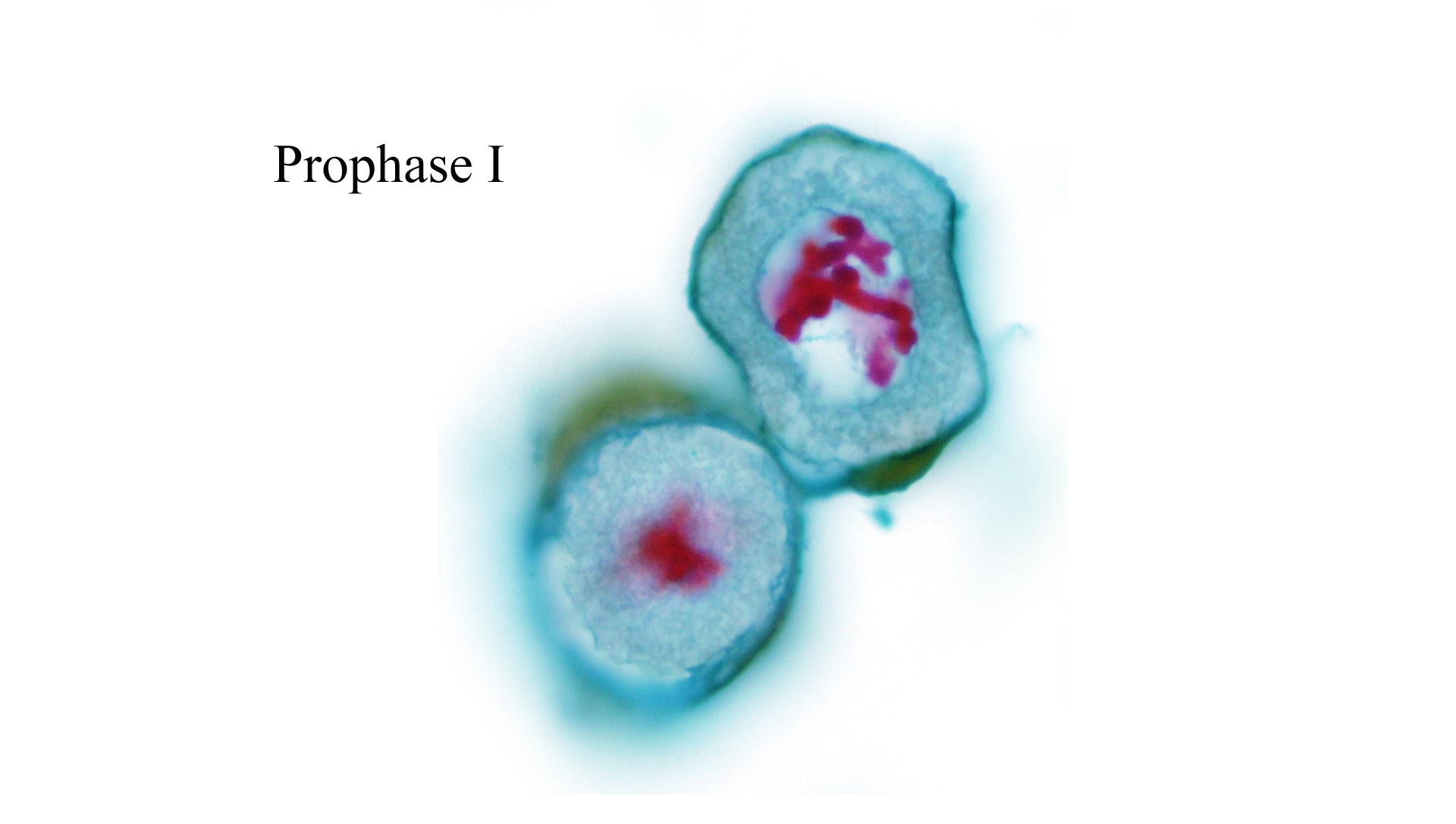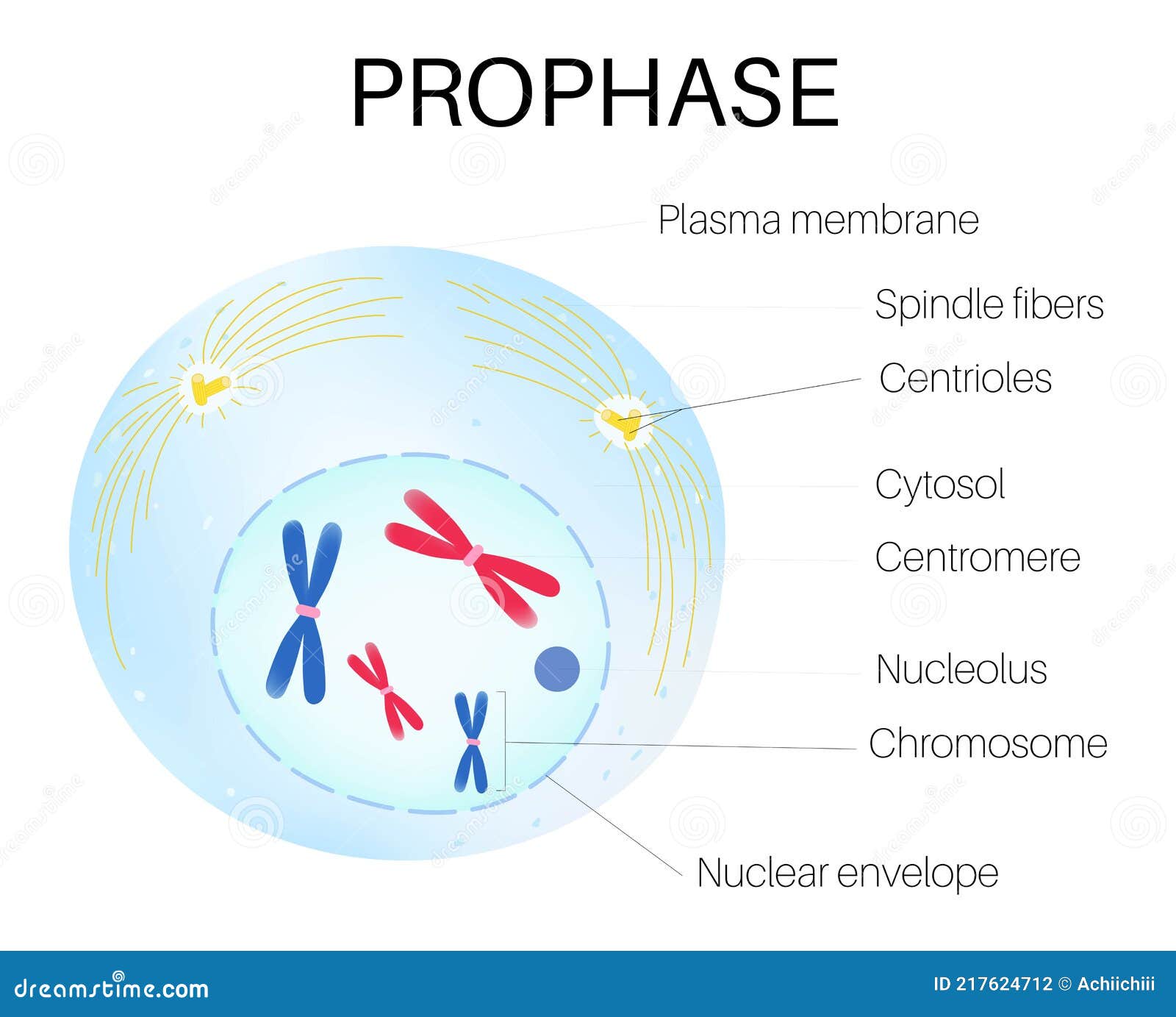
Several proteins are part of this axial structure: the cohesin complex(es) ( Ishiguro, 2019), type II DNA topoisomerase (TopoII) ( Moens and Earnshaw, 1989 Klein et al., 1992), condensins ( Yu and Koshland, 2003 Mets and Meyer, 2009 Wood et al., 2010 Lee, 2013), and other proteins that are expressed specifically in meiotic cells (described below).įigure 1. The loop-axis organization can be observed in early prophase I, by electron microscopy and immunocytochemistry in many species, where two adjacent sister chromatids are organized as an array of loops anchored to a proteinaceous axis ( Zickler and Kleckner, 1999 Figure 1). Both features are dynamic during prophase I, and play important roles in recombination and prophase progression, and thus in the proper execution of meiosis I. Since then, a large number of cytological studies have described and analyzed the chromosomal architecture and organization during meiotic prophase I, particularly the specific loop-axis organization of meiotic chromosomes that appears at prophase I onset, after the premeiotic S phase ( Zickler and Kleckner, 1999), and the specific anchoring of telomeres to the nuclear envelope ( Klutstein and Cooper, 2014). Cytology was crucial for identifying the connections between homologs that were named chiasma by Janssens in 1909 ( Janssens et al., 2012). This process is ensured in parallel for all chromosome pairs within the meiotic nucleus ( Zickler and Kleckner, 2015).

At the chromosomal level, the pairing process allows each homolog to find and interact with its partner, and recombination (i.e., DSB formation and repair) stabilizes the interactions through non-reciprocal and reciprocal exchanges. DSBs are not randomly distributed along the genome, and the choice of the sister chromatid or the homologous chromosome during their repair is regulated. The homologous recombination pathway is initiated by the formation of DNA double-strand breaks (DSBs) at the onset of prophase I (i.e., leptotene) in most species, and their repair is completed at the end of pachytene. At the DNA level, exchanges are highly regulated in time, space, and choice of recombination partner. Multiple events occur during prophase I to allow the interaction between homologs and the formation of at least one crossing over (CO) per homolog pair, by homologous recombination. The unique mode of chromosome segregation at meiosis I, called reductional segregation, requires the establishment of connections between homologous chromosomes (homologs) to allow their proper alignment and separation ( Hunter, 2015). Meiosis is a specialized cell cycle in which diploid cells are converted into haploid cells.ĭuring meiosis, diploid cells proceed through an S phase, also called premeiotic S phase, and then enter an extended prophase to reach the first division or meiosis I. We also address further challenges that need to be resolved, to fully understand the interplay between the chromosome structure and the different molecular steps that take place in early prophase I, which lead to the successful outcome of meiosis I. We describe the current knowledge of their localization pattern during prophase I, their functional interdependence, their role in sister chromatid cohesion, loop axis formation, homolog pairing before meiotic recombination, and recombination. Here, we review the different actors involved in axial element formation in Saccharomyces cerevisiae and in mouse. In many organisms, axial elements are required to set the stage for efficient sister chromatid cohesion and meiotic recombination, necessary for the recognition of the homologous chromosomes.

This axis structure, called the axial element, consists of various proteins, such as cohesins, HORMA-domain proteins, and axial element proteins.

The first steps of this reorganization are observed with the establishment of an axis structure, that connects sister chromatids, from which emanate arrays of chromatin loops. One of the most fascinating aspects of meiosis is the extensive reorganization of the genome at the prophase of the first meiotic division (prophase I). Institut de Génétique Humaine, Centre National de la Recherche Scientifique, Université de Montpellier, Montpellier, France.


 0 kommentar(er)
0 kommentar(er)
